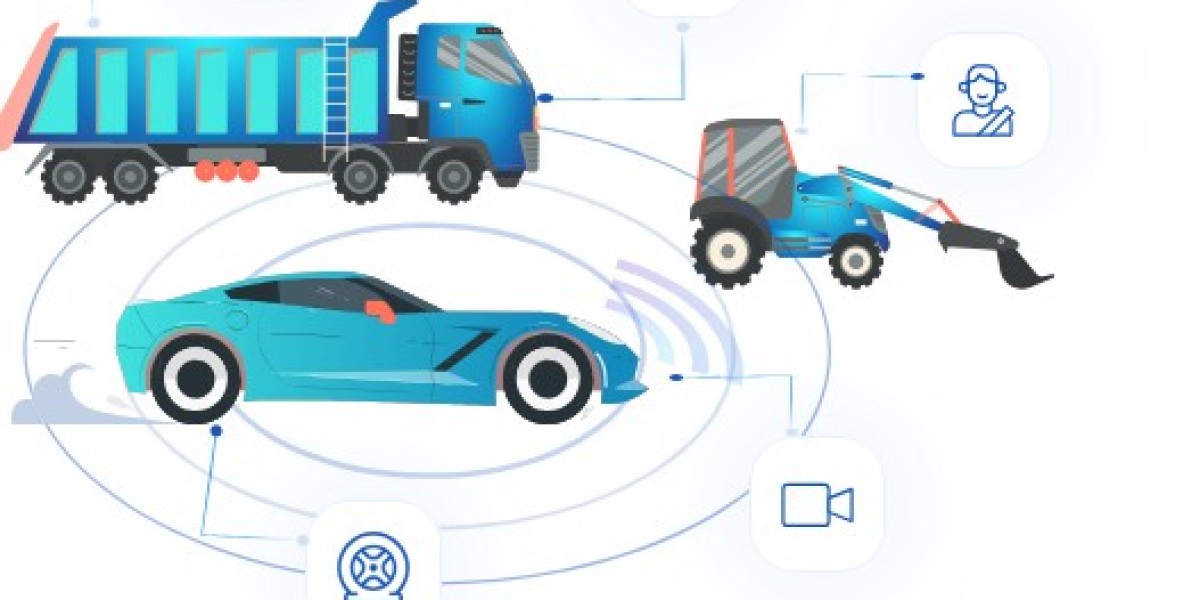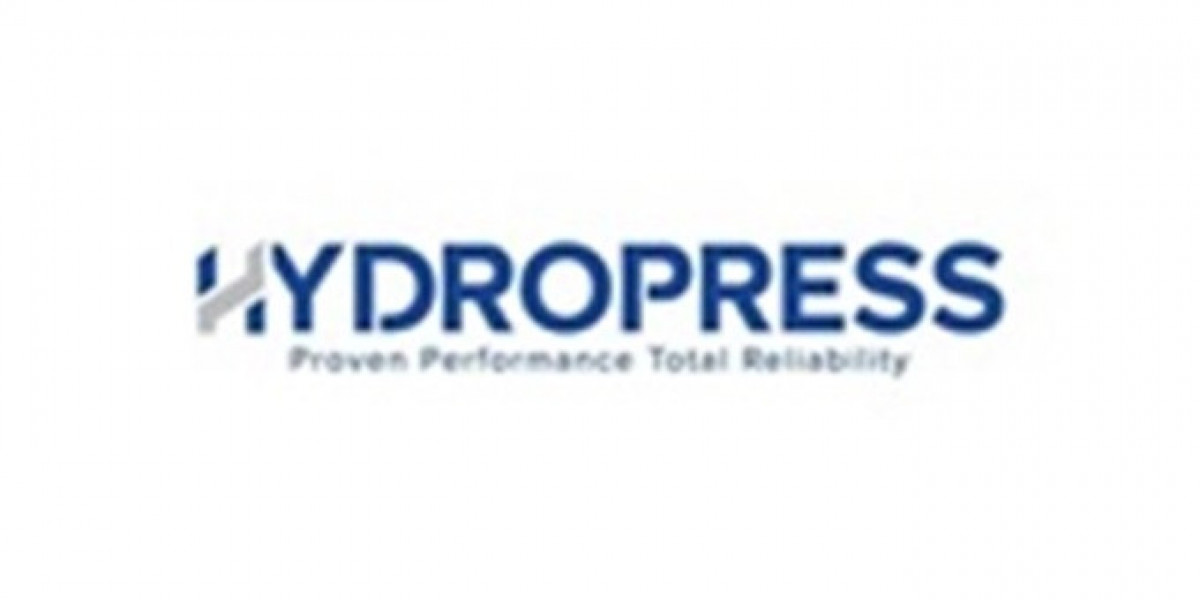As Over-the-Air (OTA) automotive updates become increasingly prevalent in modern vehicles, concerns about safety and security naturally arise. After all, the idea of remotely updating critical software in a car raises questions about potential vulnerabilities and risks. However, with proper protocols and safeguards in place, OTA automotive updates can be conducted safely and securely, providing numerous benefits to both car manufacturers and consumers.
Let's delve into the safety of OTA automotive updates and explore the measures taken to ensure that these updates are delivered reliably and securely:
Encryption and Authentication: OTA updates are typically encrypted to prevent unauthorized access and tampering during transmission. Additionally, robust authentication mechanisms are employed to verify the integrity and authenticity of the updates, ensuring that only authorized updates are installed on the vehicle's systems.
Secure Communication Channels: OTA updates are delivered over secure communication channels, such as encrypted cellular networks or Wi-Fi connections. These channels are designed to protect against eavesdropping and interception by malicious actors, safeguarding the confidentiality and integrity of the update process.
Over-the-Air Signing: Manufacturers digitally sign OTA updates with cryptographic signatures to ensure that they originate from a trusted source and have not been modified or tampered with during transmission. This provides assurance to consumers that the updates they receive are authentic and safe to install on their vehicles.
Continuous Monitoring and Testing: Manufacturers conduct rigorous testing and validation of OTA updates before deployment to ensure that they meet quality, performance, and safety standards. Additionally, manufacturers may implement monitoring systems to track the performance and behavior of vehicles post-update, allowing them to quickly identify and address any issues that may arise.
Cybersecurity Measures: OTA updates are subject to stringent cybersecurity protocols to protect against potential threats and vulnerabilities. Manufacturers employ techniques such as intrusion detection, anomaly detection, and security audits to identify and mitigate risks throughout the update process.
User Consent and Control: Car owners typically have control over when and how OTA updates are installed on their vehicles. Manufacturers may provide options for scheduling updates, delaying installation, or opting out of certain updates altogether, giving users greater control over their vehicles' software.
Regular Security Updates: Manufacturers are committed to providing regular security updates to address emerging threats and vulnerabilities in vehicle software. These updates may be delivered alongside feature enhancements or performance improvements, ensuring that vehicles remain secure and protected against evolving cybersecurity risks.
In conclusion, OTA automotive updates are designed with robust security measures to ensure the safety and integrity of the update process. By employing encryption, authentication, secure communication channels, and continuous monitoring, manufacturers can deliver updates reliably and securely to vehicles, enhancing the functionality, performance, and safety of modern cars. As OTA technology continues to evolve, so too will the measures taken to safeguard the security and privacy of vehicle software, ensuring a safer and more secure driving experience for all.









